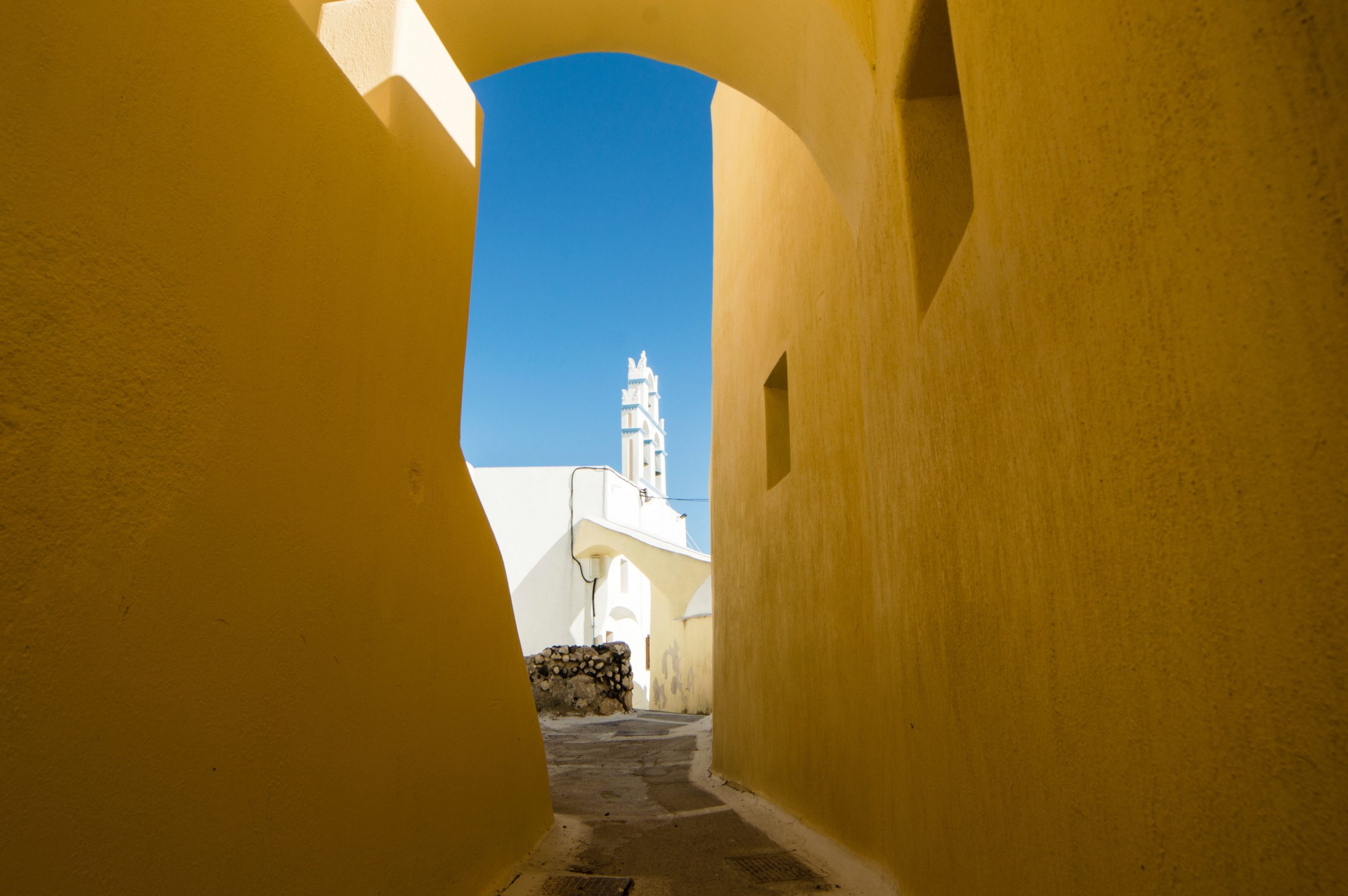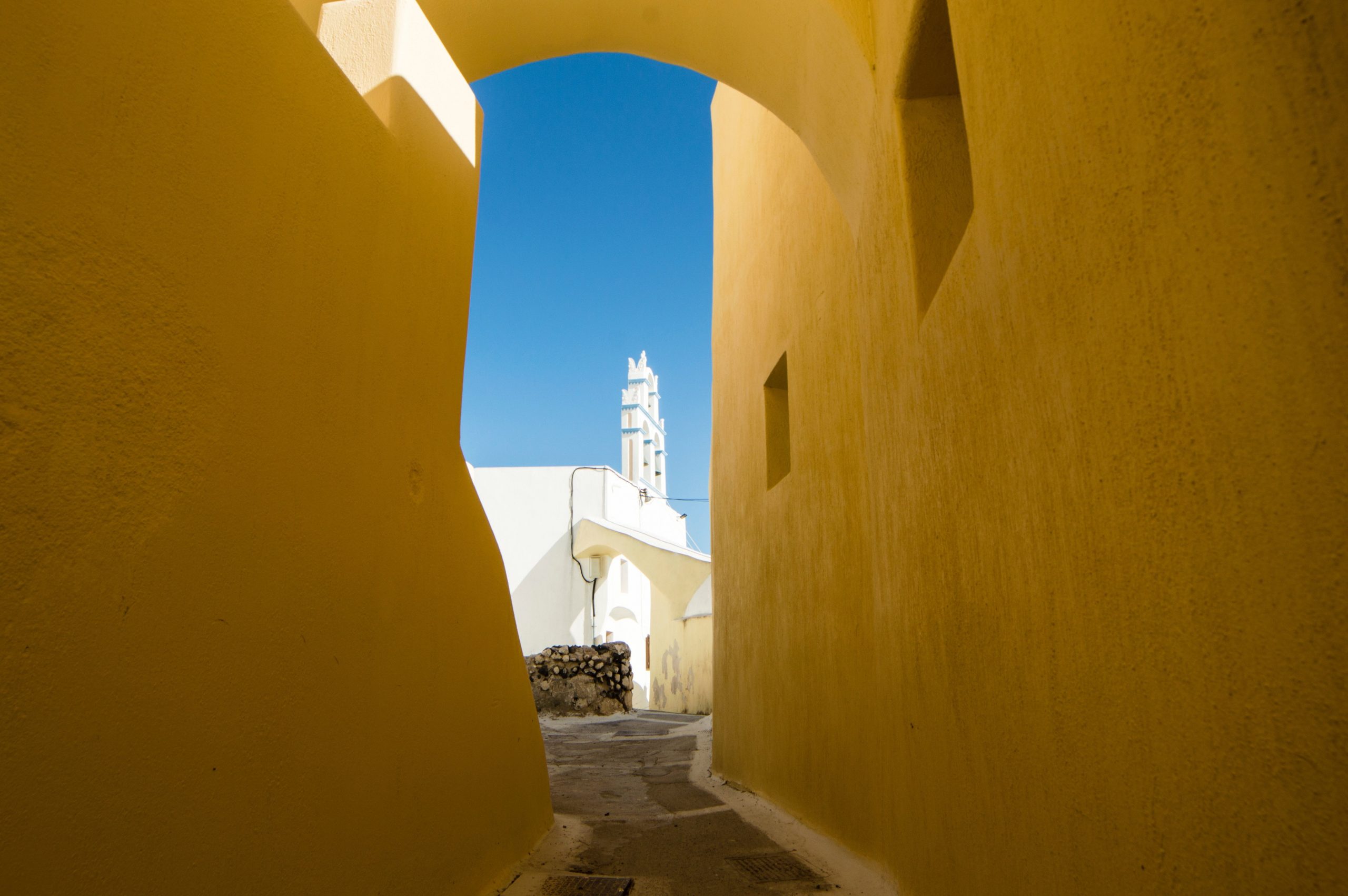
Growing up in Greece means you get used to following two parallel tracks, the national and the international. There is the local music scene, and the global music scene; the local cinema circuit, and the global; the Greek Super League, and the Champions’ League. Then, maybe once a decade, Euclid cedes to Poncelet, and the parallels intersect. Kavakos conducts the London Symphony Orchestra. Lanthimos becomes a regular at the Oscars. Warzycha puts the ball in the back of Van der Sar’s net.
When I think of Assyrtiko, I think of it as one of these intersections. Back in the late 1990s, when I first got into wine, one learned the international varieties, and then the Greek ones. There was general agreement on which varieties formed the elite of the Greek vineyard (Assyrtiko, Agiorgitiko, Xinomavro), but there was also general agreement that, in the grand scheme of things, they were a viticultural footnote, the purview of Hellenophiles and obsessives – expecting the average British wine professional to know of Xinomavro was like expecting the average British football commentator to pronounce Panathinaikos correctly.
Then, little by little, things started to change. Americans, familiar with Greek cuisine and less hung up on the French classics, seemed to get there first. Brits followed, if less enthusiastically. The shift from international to local varieties helped, as did the stylistic move that saw big, buttery Chardonnays plunge from the height of fashion to the depths of kitsch, the vinous equivalent of shoulder pads. Assyrtiko, intense, dependable, different, was best placed to take advantage of this, and it did. Within a decade, the grape went from a novelty you would suggest to a connoisseur, to a staple which, if someone doesn’t already know, then they probably don’t know a lot about wine.
The Assyrtiko everyone knows of course is that of Santorini, its prime terroir and most likely birthplace. The flavour profile is indeed unique: wines of intense flavour, yet an acidity that can easily appear shearing to the unaccustomed palate (the more technically-minded like to quote the combination of pH, often below 3, and alcohol, often above 13.5%). The fruit notes seem a by-product of the acidity (lemon and lime dominate), but the trademark aroma is this combination of citrus with salt, suggesting sea salt flakes in some wines, or a sea breeze-like salinity in others. But Santorini Assyrtiko is primarily a wine of texture. In wine writing, there is still a debate if “minerality” is a legitimate term. If it is, then Assyrtiko is its clearest example.
Then there is the fascinating backstory, so tailor-made for what the international wine scene has been after the past two decades, that it seems almost too good to be true. In the traditional Santorini vineyard, a landscape so exotic to feel almost alien, vines seem to be not so much cultivated as borderline surviving. Famously, they’re trained in a basket-like system called kouloura, close to the earth, like they’re gripping the rock lest…



